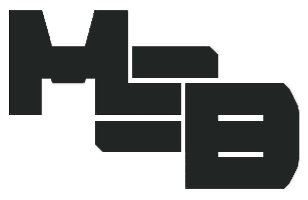Shortwave And Ham Radio Bands
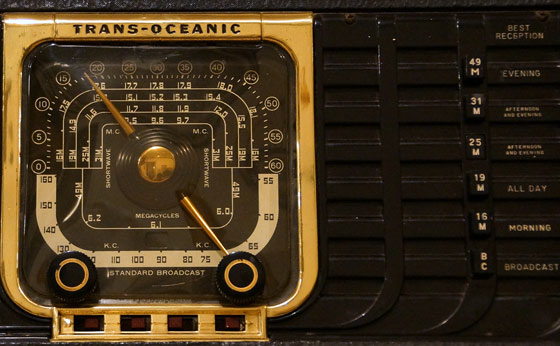
‘Shortwave Radio’ (and Ham Radio) listening can be an enjoyable hobby – even while just simply listening to communications from near and afar over the airwaves. Not only is shortwave radio listening a hobby for some, it can also provide information input during a time of disaster. While transmitting requires a license, listening is free. Here’s some information about Ham radio bands (and shortwave bands).
The span of frequencies which are used for shortwave broadcasts and for Ham radio are split into ‘bands’. They’re sometimes referred to as ‘meter bands’, as in the 40 meter band, the 31 meter band, the 20 meter band, and so on…
The following is a list of the various ‘x’ meter bands, their associated frequencies, and a general description of what you might hear.
Depending on your specific shortwave radio, you will be able to receive local and international broadcasts as well as some (or all) of the amateur radio (HF Ham radio) bands. The allocated frequency bands generally have their own characteristics regarding the best time of day for reception (day or night).
Your shortwave radio might already list some of these bands on the front or rear panel for reference, or listed in it’s manual. The information is also readily available on the internet from many sources.
By the way, the bands themselves (usually represented in meters) is the result of the (crest to crest) signal wavelength. Picture a sine wave. For example, the 31 meter band (popular for international broadcasts) is actually getting to your radio antenna by way of an ‘invisible’ wavelength of about 31 meters from one crest to another of its sinusoidal wave (that’s about 100 feet!).
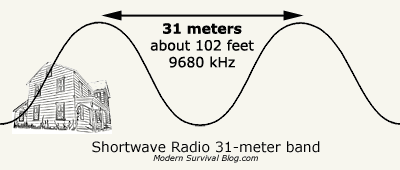
Meter Bands (Shortwave and HF Ham Radio)
Download and/or print your own copy:
Shortwave and Amateur (Ham) Radio METER BANDS
| Meter Band | Frequency (kHz) | Condition | Comments |
| 120 | 2300 – 2495 | Night | Mainly used ‘locally’ in tropical regions Also used by government in North America |
| 90 | 3200 – 3400 | Night | Mainly used ‘locally’ in tropical regions Used by various agencies of U.S. government |
| 80 | 3500 – 4000 | Night | Amateur (Ham radio) band LSB (voice) and CW (Morse code) mode |
| 75 | 3900 – 4000 | Night | Mainly used in Eastern Hemisphere Mainly Europe, Africa |
| 60 | 4750 – 5060 | Night | Mainly used ‘locally’ in tropical regions Best reception during Fall and Winter |
| 49 | 5900 – 6200 | Night | Popular band for nighttime broadcasting The best overall nighttime band for Int’l broadcasting |
| 41 | 7100 – 7350 | Night / Day | Int’l Broadcast, except North-South America which is reserved for Amateur radio |
| 40 | 7000 – 7300 | Night / Day | Amateur (Ham radio) band LSB (voice) and CW (Morse code) mode |
| 31 | 9400 – 9990 | Night / Day | Most Popular Int’l broadcasting band Best mid-afternoon to mid-morning |
| 25 | 11600 – 12100 | Mostly Day | Popular Int’l band for daytime broadcasting Good any time of day |
| 22 | 13570 – 13870 | Mostly Day | Int’l broadcasting Not heavily used |
| 20 | 14000 – 14350 | Mostly Day | Amateur (Ham radio) band (Popular long-distance DX) USB (voice) and CW (Morse code) mode |
| 19 | 15030 – 15800 | Mostly Day | Int’l broadcasting The best overall daytime band for Int’l broadcasting |
| 17 | 18068 – 18168 | Day | Amateur (Ham radio) band USB (voice) and CW (Morse code) mode |
| 16 | 17480 – 17900 | Day | Int’l broadcasting |
| 15 | 21000 – 21450 | Day | Amateur (Ham radio) band USB (voice) and CW (Morse code) mode |
| 13 | 21450 – 21850 | Day | Int’l broadcasting Seldom used |
| 12 | 24890 – 24990 | Day | Amateur (Ham radio) band USB (voice) and CW (Morse code) mode, Best during sunspots |
| 11 | 25670 – 26100 | Day | Int’l broadcasting Seldom used |
| 10 | 28000 – 29700 | Day | Amateur (Ham radio) band USB (voice) and CW (Morse code) mode, Best during sunspots |
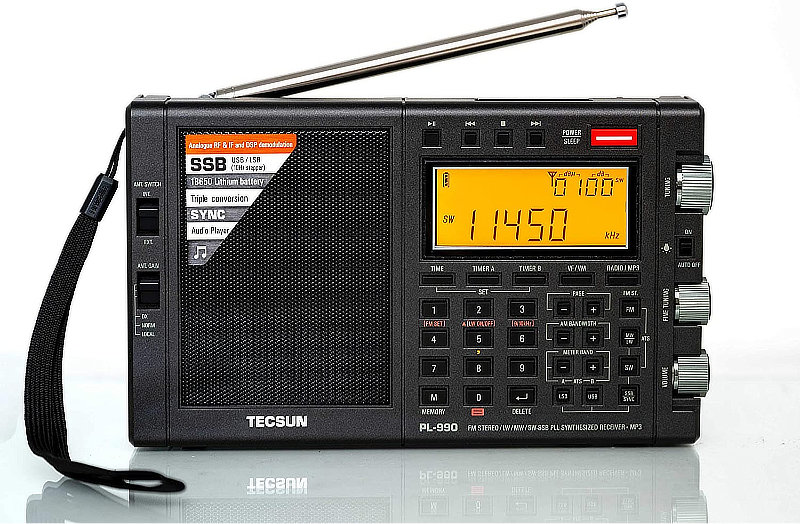
TECSUN PL-990
(amzn)
SSB – Single Side Band
Note: If you want to get a shortwave radio (one with the HF Ham radio bands too) so that you can also listen to the amateur radio Ham bands, most all operators transmit on what is called USB (Upper Side Band) or LSB (Lower Side Band), depending on the specific band. If you want to listen to these transmissions, your radio also needs to have SSB (Single Side Band) capabilities. Look for it in the specificatoins before choosing a specific ‘shortwave radio’. Most lesser expensive shortwave radios don’t have this feature.
US Amateur Radio Bands
Here’s a nice chart from the ARRL just of the Ham Radio (Amateur Radio) bands:
view / download full resolution:
ARRL US Amateur Radio Bands (PDF)
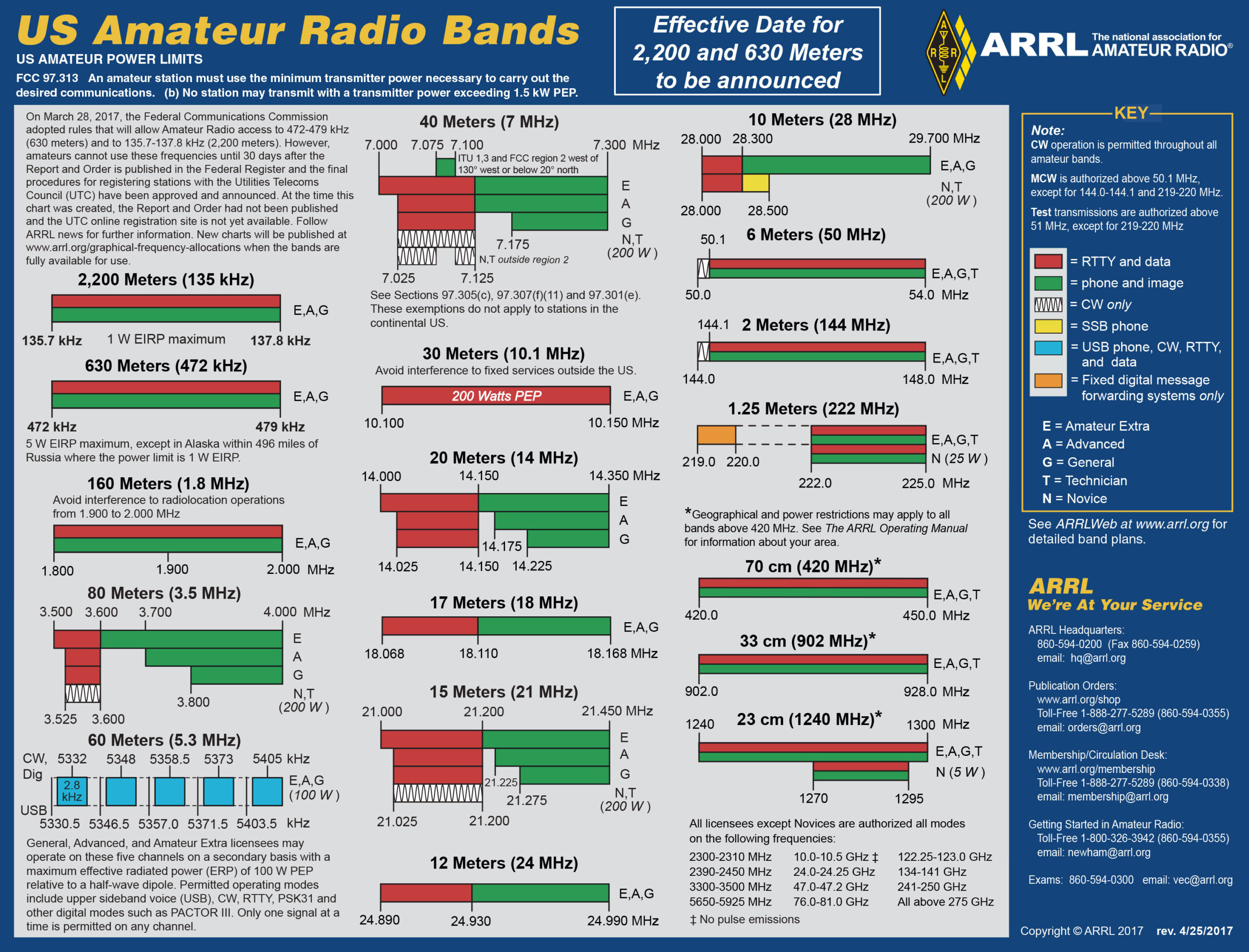
[ Read: Top Choice Shortwave Radios For Preparedness ]
